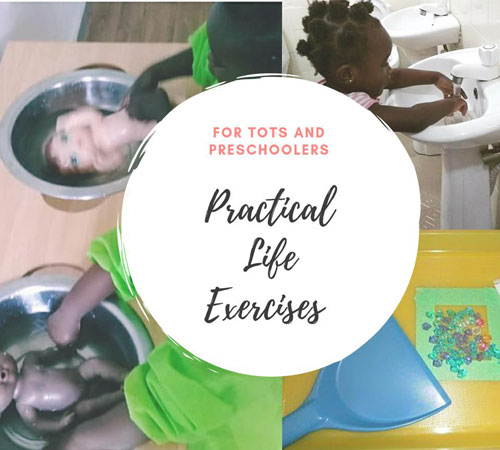
Not to worry, we have got you covered. Here’s how you can create a summer camp experience at home!
1. Talk To Parents And Children Who Might Be Interested
Before you go ahead to organise a summer camp at home for your kids, you may want to do a survey to get other children (in their close circle) involved.
The whole idea of the camp in the first place is to prevent your children from getting bored during the holiday; for things like this, it’s really “the more, the merrier.”
Maybe not a multitude, however, but just enough to make the socializing and learning new stuff from their peers happen.
In all, do your best to choose the right campers.
If all camp attendees are relatively close to the same age, they’re much more likely to have fun over the camp session.
It’s even preferable that all of the attendees already know each other from school, as family friends, etc.
After this is done, depending on the age and number of attendees, make arrangements for other adults to help supervise during each day of the camp.
2. Decide On The Duration Of The Summer Camp
Once you have gotten your list of interested participants for the camp, you can use that information to decide on a length for the camp.
Say ten kids want to join, and five parents are each willing to host for one day; you can easily set up a five-day long camp session with one parent handling supervision duties each day.
3. Select Summer Camp Activities
It will help to create a full list of potential activities for your campers. Think of creative ways to incorporate your camp’s theme (if you have one) into the camp.
Make sure to also pick activities appropriate to the age of your campers.
Have the kids write down what they want to do on slips of paper, then decide on 5-7 activities from the suggestions that they would like to do.
It might also help to work with a theme.
For camps with younger campers, focus on easier crafting projects and games, colouring activities, less structured events, and plenty of space to run around.
While for an art camp, consider letting students sculpt with clay, design their own t-shirts with stencils or markers, learn about a specific artist or style, visit an art gallery, etc.
4. Gather Supplies For Your Summer Camp
Organising a summer camp at home is not for the faint-hearted.
With your schedule in place, figure out exactly what you need as far as supplies for the camp.
This will include food for all of the campers and inexpensive decorations to match your theme. Keep games handy.
There is bound to be plenty of downtime between activities, while waiting for food, for example.
Keep cards, board games, colouring books, and other toys on hand to keep the campers entertained while the adult oversees transitions between events.
You can also come up with items that each camper will need to provide—such as a sleeping bag or enough cash for lunch during a field trip—then make sure to communicate this list to all of the parents in time; the more notice they have the better.
And please do not forget the first aid kit in the general supplies, just to be safe.
5. Have Contact Information Available
In addition to having a list of who will attend summer camp each day, you/the adult in charge should also keep a list of emergency contact numbers for each camper, as well as a list of any relevant allergies or dietary restrictions.
6. Ditch The Schedule When The Occasion Calls For It
One of the great things about summer camp is the spontaneity of some of the activities.
Don’t get worked up about sticking to the schedule at the possible cost of other fun.
Let your campers get creative and even improvise some of their own fun in the moment.
They are there to have fun, remember?
Do your best to keep everyone at camp involved, engaged, and happy. If this means changing plans at the last minute in the name of fun, take the leap.
7. Create A Set Of Rules
If you don’t set the rules, you’ll spend a lot of time everyday on questions about what you can and can’t do.
To avoid this, list them out on a chart; make sure you even cover the simplest rules.
In fact, separate into do’s and don’ts; that seems to be the easiest to understand.
It will also help to type out a schedule of all the things you are going to do each day.
Also read: How to choose the right summer school for your child
Take into account the attention span of some of the campers—depending on their age range.
If you are dealing with little kids, between 4-9 years old for instance, ensure the activities time span of a maximum of 25 minutes per activity.
Give extra time for lunch and naps, etc.
Also, make visible all necessary signs. You need to make a sign on each door so they know what each room is.
If it is a room that they are not allowed in, tell everyone, then put a sign on the door that says so.
Get more resources on parenting here.




